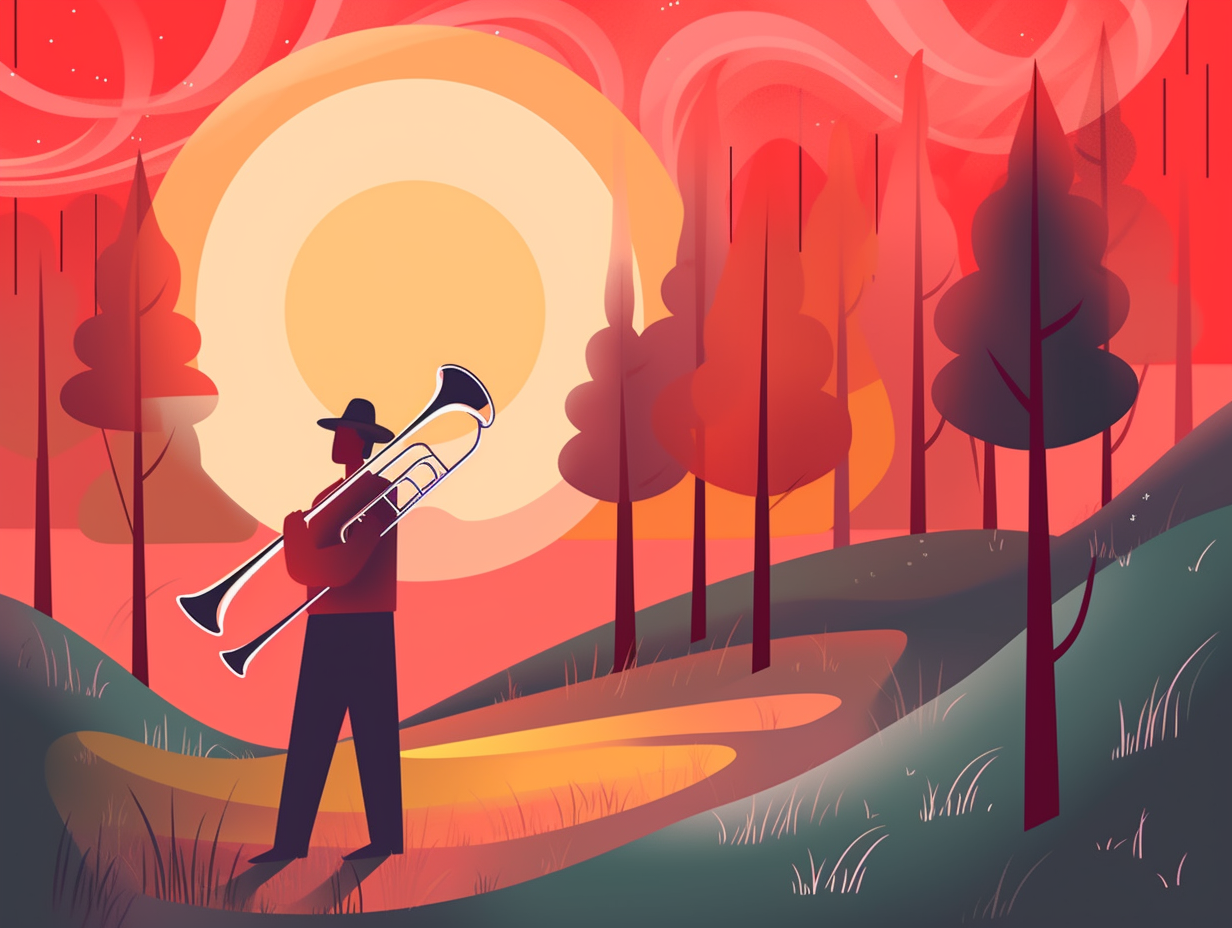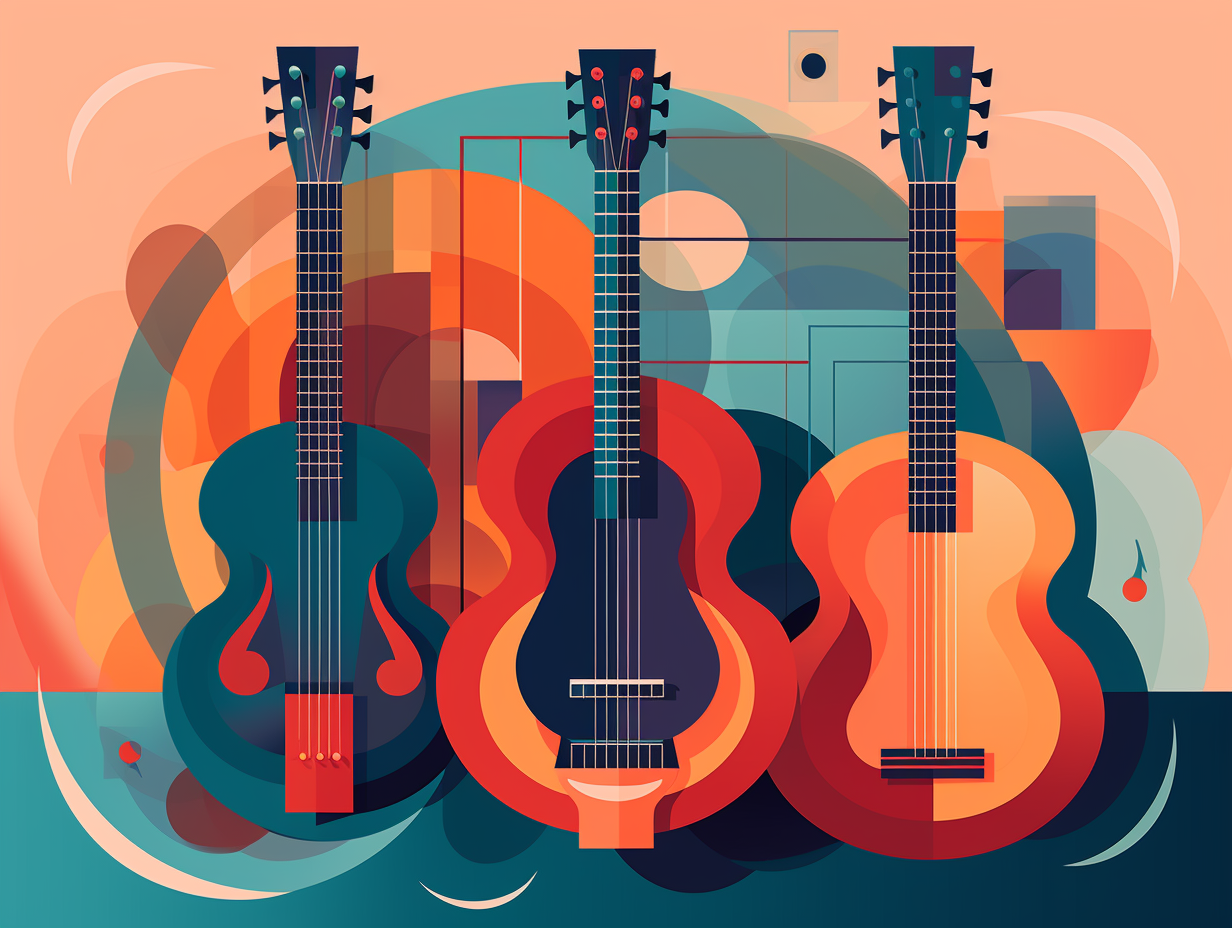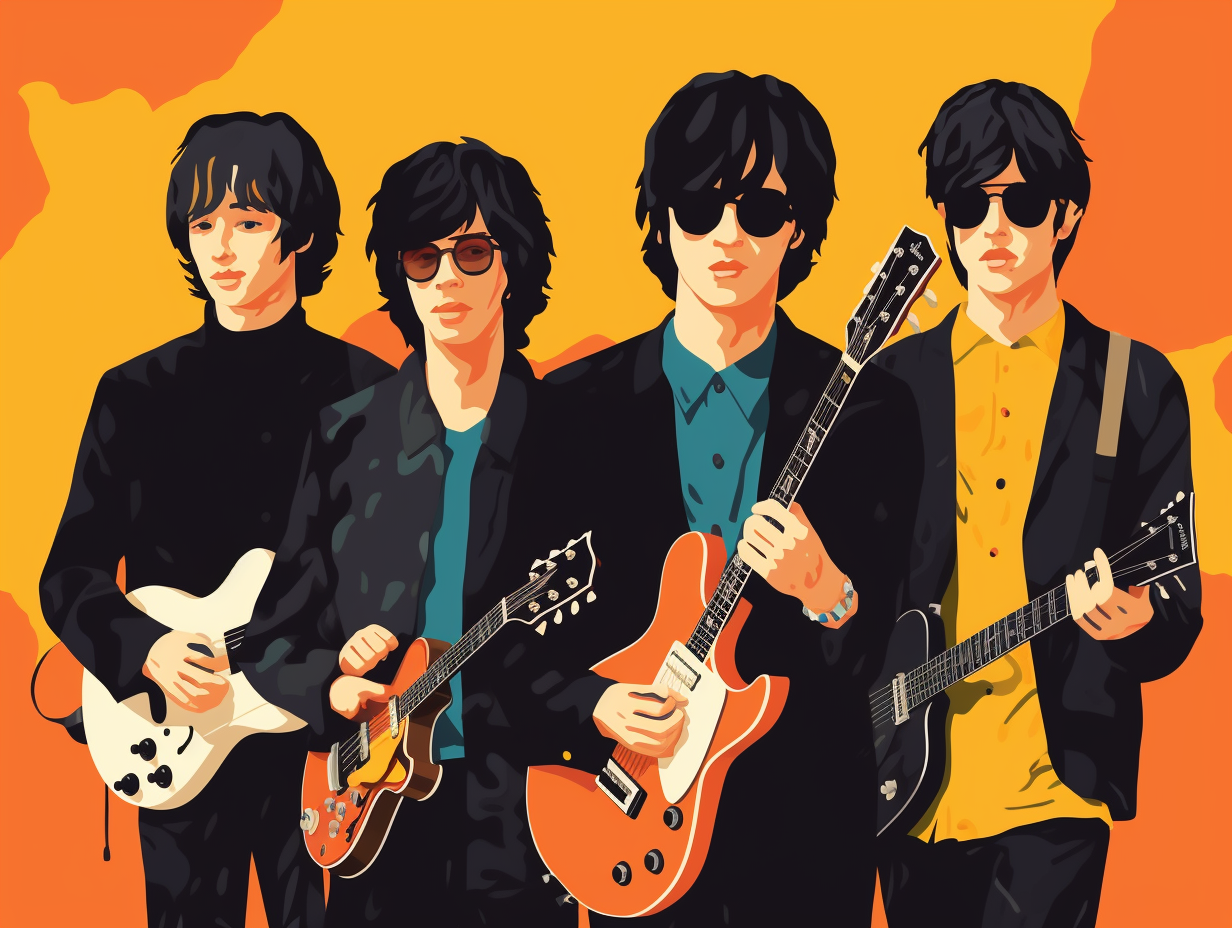Unraveling the Mysteries: Top 8 Fun Facts About the Triangle Instrument You Never Knew

1. Ancient Egyptian Sistrum
Once upon an ancient Egyptian time, triangles were more than just love triangles, Bermuda triangles, or Toblerones at the grocery store: in fact, it was an important instrument called the sistrum, used for worship and religious ceremonies. Fast-forward to the 16th century, and this three-sided wonder made its way to Europe, refining its look and strutting into medieval religious scenes before eventually joining the ranks of modern orchestras and jamming with folk and pop ensembles.
Source => newsroom.posco.com
2. Orchestra's Unsung Hero
The orchestra's unsung hero: part in-TENT-se camper, part metallic-TRI-hards, and undoubtedly cooler than a high schooler making geometry class puns. Here's the triangle: an instrument created from various metals like aluminum, beryllium copper, brass, bronze, iron, and steel, bent into a three-sided shape with one open end, and typically held by a thread or wire loop. With its indefinite pitch and variety of overtones, this simple yet striking tool dates back to ancient Egyptian times and has been favored by composers like Mozart, Haydn, and Beethoven. From European classical tunes to Cajun toe-tappers and rock anthems, the triangle has earned its spot in musical history and can still be heard chiming in across genres today.
Source => en.wikipedia.org
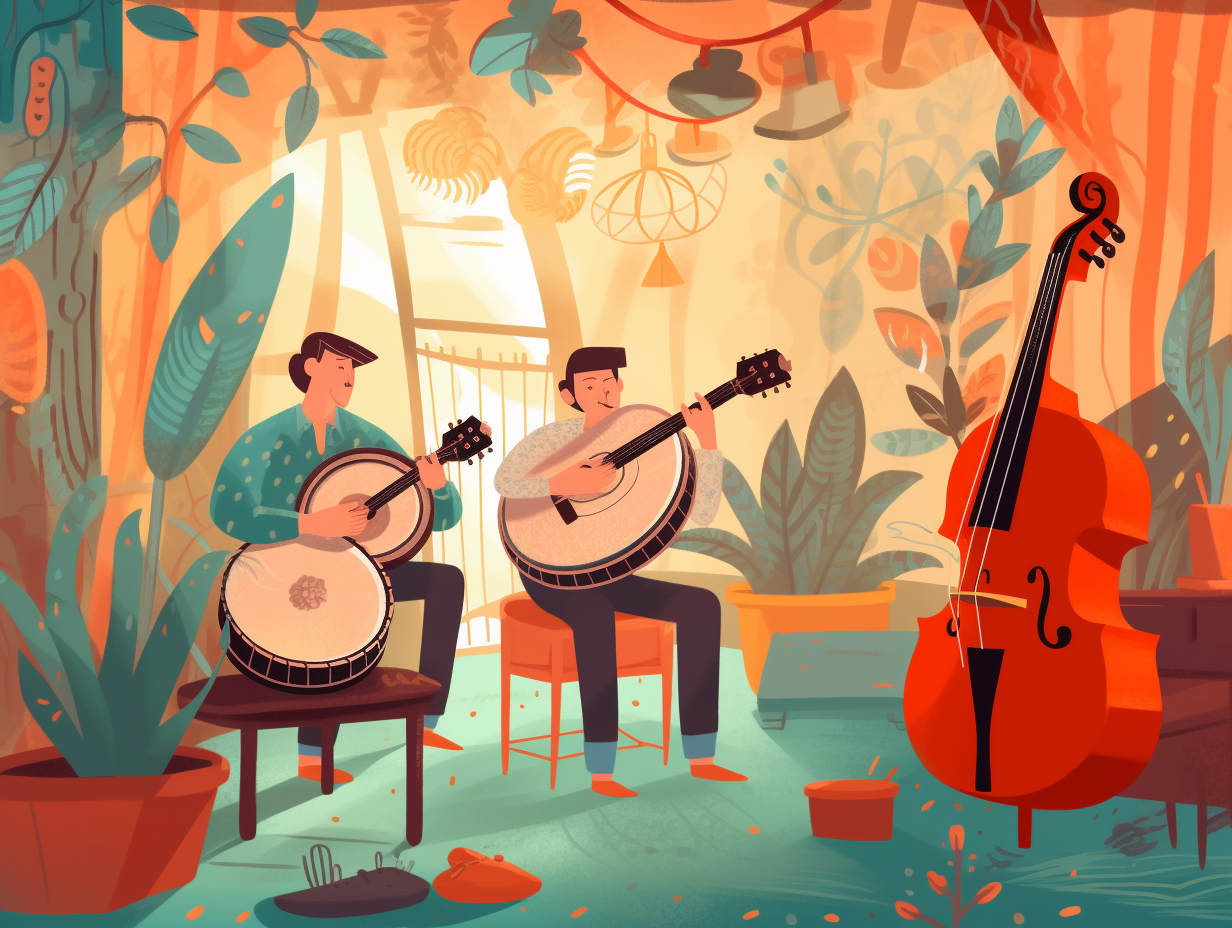
Discover the fascinating world of the hydraulis, the ancient ancestor of the church organ, invented in 3rd century BCE. Uncover its unique bird imitations, Vocal Memnon solos, and how water-powered technology paved the way for future keyboard instruments. Dive into a harmonious history with a visit to Greece's Archaeological Museum of Dion. 🎹💦🎶
=> Fun Facts about Instruments
3. Metallurgical Melting Pot
While it may sound like a one-hit wonder from the 1980s, the musical triangle is a veritable metallurgical melting pot of tuneful tinkling: Made from various materials such as aluminum, beryllium copper, brass, bronze, iron, and steel, each type of metal produces its own distinctive tone when struck with the right beater.
Source => en.wikipedia.org
4. Love Triangle Origins
Forget geometry class – this is one love triangle you'll want to be a part of: Despite popular belief, the triangle instrument is named after the tiny rod used to play it, not the three-sided shape itself. So, whether equilateral or isosceles, this versatile instrument strikes a chord with all types of triangles – and now you know the real score!
Source => mathsisfun.com
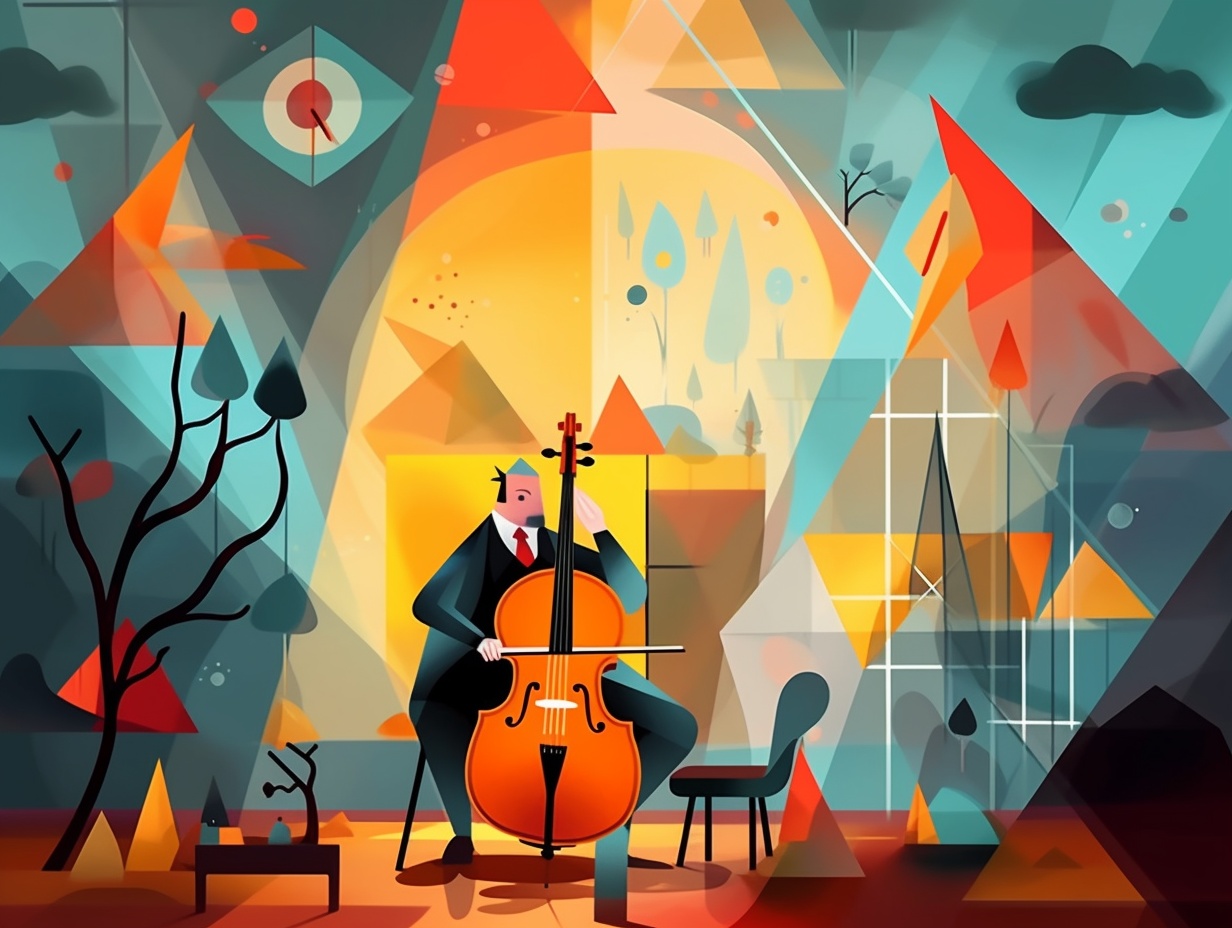
5. 1800s Triangle Bell
Before there were smartphones to summon us to the dinner table, folks relied on a strangely-shaped musical messenger that served up a clangor appetizer: The humble triangle bell, popular in the 1800s, was a nifty household staple specially crafted by blacksmiths, used by frontier families to ring in mealtime across vast rural lands when yelling just didn't cut the mustard.
Source => bell-outlet.com
6. Complex Triangle Techniques
Who would have guessed that playing the triangle could be as complex as knitting with a pair of needles or wielding wooden sticks in a heated game of wack-a-beetle? Intricacies abound in this mighty metallic minstrel: from precise techniques in controlling volume to showcasing different tones in classical compositions like Brahms' 4th Symphony, Berlioz's Roman Carnival Overture, and Respighi's The Fountains of Rome, the triangle proves it's more than just a mere ding-a-ling in the world of music.
Source => therightnotes.org
7. Dorito-Lover's Dream
Triangles: not just a Dorito lover's dream, but also an underappreciated musical marvel that comes in various sizes and shapes to spice up your auditory nachos: Producing a range of sounds from deep, meaty tones in larger sizes to sharp tinkles in smaller ones, skilled players can artfully mute or muffle their metallic muse, while recorders must maintain a respectful distance to avoid overdriving the input and shattering the crispy, triangular goodness.
Source => gearspace.com
8. Old Triangle, New Tricks
Whoever said you can't teach an old triangle new tricks clearly didn't know what they were tapping about: the triangle instrument can be played with two beaters suspended from a stand, creating a more intricate sound, and even using wooden beaters for a distinct tonal variation.
Source => en.wikipedia.org
Related Fun Facts






